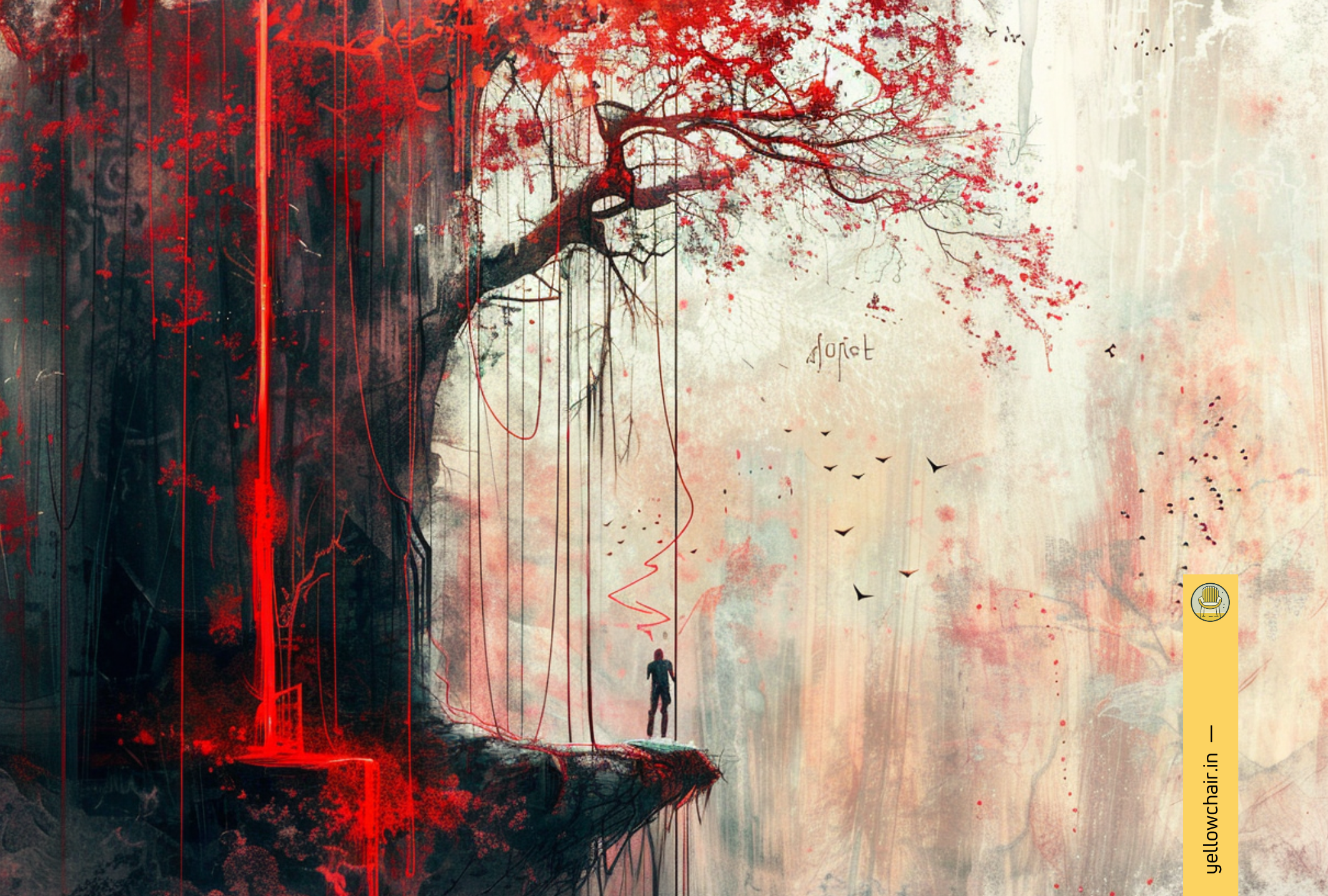Borrowed Armor
MECHANICS OF THE LIFELINE THEORY
Recovery is not a finish line — it’s a series of cliffs. And at every edge, you’re handed a rope. Not to pull you back, but to teach you the weight of what it takes to not fall. That rope — that’s a lifeline. And no, it won’t last forever.
The Lifeline Theory doesn’t promise salvation. It doesn’t romanticize healing. It explains the brutal mechanics of survival after addiction — the invisible architecture of staying afloat in the early stages of sobriety, before you know how to swim without drowning.
It begins the day you declare war — not with the bottle, but with the part of yourself that still whispers, “Just one more time.” That’s when the lifelines activate.
ACTIVATION: THE FIRST BREATH AFTER THE DROWNING
As you walk out of a rehab, or throw out the last drink and swear you mean it this time — something sparks. Lifelines don’t come from outside. They’re forged from within — desperation clothed in hope. These shields come alive when the addict inside you loses control — and the human beneath emerges gasping for clarity.
They aren’t visible. But they work — subtly, powerfully.
One helps you walk past a bar without looking twice. Another makes you call a friend instead of pouring a drink. A third lets you survive a panic attack without reaching for the pillbox. They’re the subconscious saboteurs of relapse — silent warriors that mimic what normalcy feels like. But they are borrowed strength, not your own.
HOW THEY FUNCTION: ILLUSIONS THAT FEEL REAL
Lifelines simulate the version of you that isn’t addicted. They lie — beautifully.
They suppress cravings — not by erasing them, but by locking them in a box just long enough for you to breathe.
They amplify willpower — not by making you strong, but by making the voice of temptation slightly fainter, just for today.
They offer clarity — not wisdom, but momentary lucidity. Enough to say no, even if your hands shake as you do.
But this simulation is addictive. It makes you believe you’re healed. That maybe you were never truly addicted. That maybe the worst is over.
And that is the beginning of the fall.
DEPLETION: THE SLOW BLEED OF RESISTANCE
Lifelines don’t scream when they fade. They dissolve — in moments that seem mundane.
The drink you said no to at the company party? That cost a lifeline.
The panic attack you endured alone in your car without calling anyone? Another gone.
The night you stayed sober but watched the old videos? That too, counts.
You don’t know when they run out — until they do.
And by then, the old cravings don’t knock. They kick the door in.
VULNERABILITY: THE RETURN OF THE MONSTER
The depletion is dangerous because it’s silent. You feel tired. Jittery. Restless. Not sure why. Until the truth returns like a slap — the cravings are back.
But now, you’re weaker. The shields are gone. And the monster — the addiction — smells it.
It doesn’t come in screaming. It whispers. Starts with wine. Or beer. Just enough to make the mind say: “You’re fine.”
But it’s never just one. And it never stops at wine. Before long, the spiral begins — familiar, brutal, absolute.
PREVENTION: BUILDING WHAT LASTS
Lifelines are temporary. Their purpose is to buy you time — to build real weapons.
What are those weapons?
Self-awareness that cuts through delusion.
Therapy that cracks your lies open.
Support systems that don’t enable, but confront.
Habits that replace chaos with order.
Faith — in something greater than your impulses.
Learn to track when you’re using a lifeline. If you feel drained, testy, paranoid — ask yourself, “What did I just survive without relapsing?” Because something did cost you. And that cost must be replaced with something real.
WHAT THE THEORY REALLY SAYS
This theory isn’t soft science. It’s war strategy. It teaches you to recognize the phases of your own collapse before you hit the ground.
It tells you the truth most recovery literature won’t dare say — early sobriety isn’t strength. It’s borrowed armor. Eventually, you either forge your own or die naked.
The Lifeline Theory isn’t meant to coddle. It’s meant to prepare you.
Because addiction is patient. And the lifelines are not forever.

